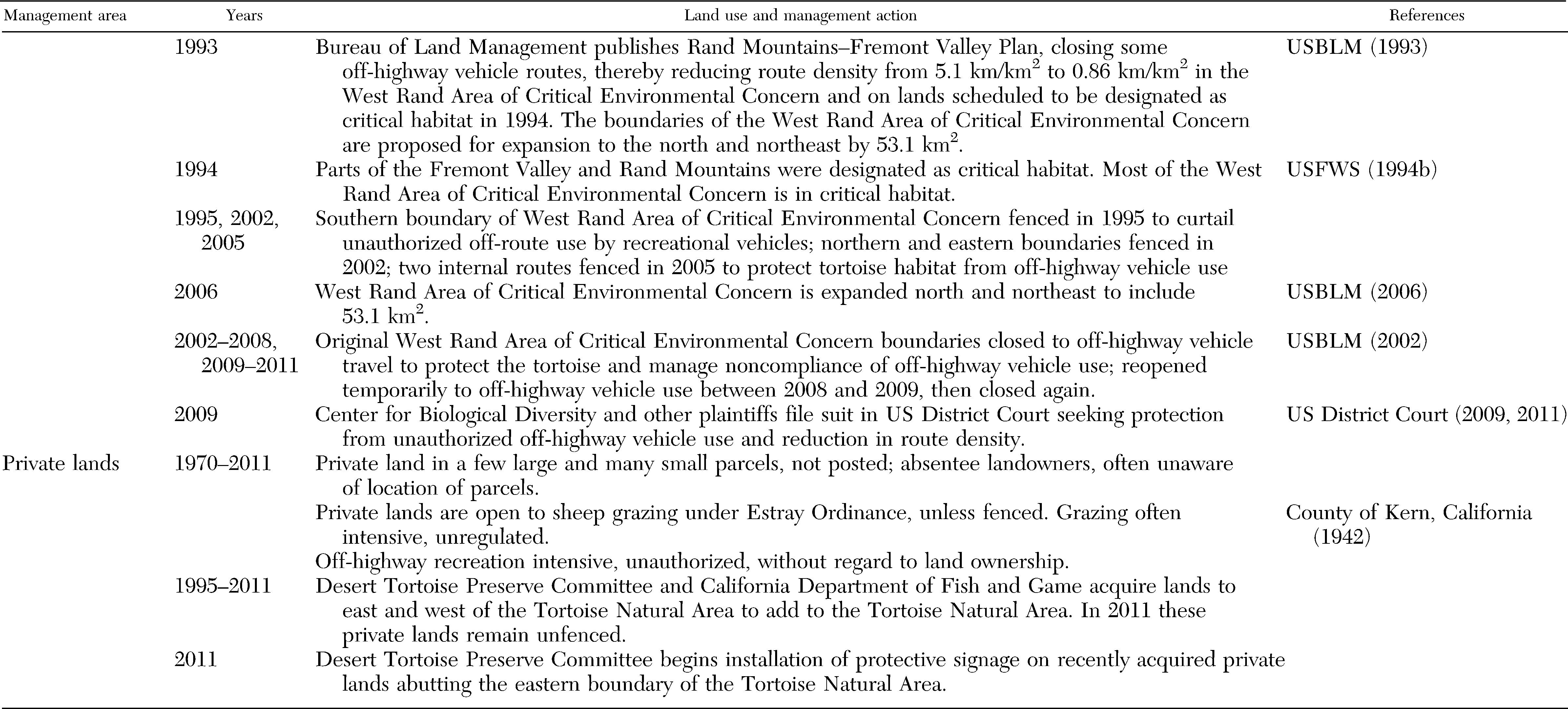
Sn Rk 202 14 2002
Serial Number: 1HTSCABN92H405876. Number of Rear Axles: Single. You’re viewing a 2002 International 4700 14 Foot Rack Body With Knuckleboom #405876. 2002, and by the ASHRAE Board of Directors June 27. ASHRAE Guideline 14 is expected to provide savings results sufficiently. Hunn, B.D., J.A. Banks, and S.N.
Introduction Plants are remarkably responsive to a variety of environmental stimuli, including pathogen attack, wounding, cold, drought reception, and fluctuations in incident light (). Meanwhile, a variety of internal substances also affect plants growth. These external and internal signals compose a complex regulatory network that allows plants to develop in balance. Following the detection of a stress stimulus, various signal transduction pathways are switched on, resulting in physiological changes in the plant cell. As second messengers, calcium ions play an essential role in many important cellular processes, especially under stress conditions (;; ).
In plants, transient changes in calcium content in the cytosol (calcium signatures) have been observed during growth, development and stress conditions (;;; ). Intracellular Ca 2+ signals are produced in plant cells by a variety of stimuli, such as changes in environmental conditions, interaction with microbes, and developmental programs (;;;;;;;;;; ). Plants have multiple calcium stores, including the apoplast, vacuole, nuclear envelope, endoplasmic reticulum (ER), mitochondria and chloroplasts. Therefore, each stimulus can elicit a characteristic Ca 2+wave by specifically altering the activity of various differentially localized Ca 2+ channels, H/Ca 2+ antiporters, and Ca 2+ and H + ATPases (;;; ).
Different calcium sensors recognize specific calcium signatures and transduce them into downstream effects, including altered protein phosphorylation and gene expression patterns (; ). In eukaryotes, calcium-dependent protein kinases (CDPKs) and most sucrose non-fermenting-1-related kinases (SnRKs) are involved in regulating and decoding Ca 2+ signals (;;;;;;; ). The protein kinases also involved in stress signal transduction in plants are common to all eukaryotic organisms and include mitogen-activated protein kinases (MAPKs), glycogen synthase kinase 3 (GSK3), and S6 kinase (S6K).
The CDPK-SnRK superfamily consists of seven types of protein kinases, which differ in the regulatory domains they contain (). CDPKs (also named CPKs) are activated by the binding of calcium to their calmodulin-like regulatory domains. The carboxyl terminal domains of CRKs (CDPK-related kinases) have sequence similarity to the regulatory domains of CPKs but do not bind calcium. PEPRKs (PEP carboxylase kinases) contain only one catalytic domain (). PPCKs (PEPC kinases) have a carboxyl-terminal domain that has no similarity to that of any other member of the superfamily (). CCaMKs (calcium- and calmodulin-dependent protein kinases) bind both calcium ions and the calcium/calmodulin complex, whereas CaMKs (calmodulin-dependent protein kinases) bind the calcium/calmodulin complex but not calcium ().
Samsung M2020 Download Driver Samsung Xpress M2020 Mono Laser Printer Driver Downloads – Microsoft Windows, Macintosh, Linux. Samsung M2020 Windows Driver Details.  Fix firmware reset Samsung Xpress SL M2830 M2835. To create fix firmware reset for printers Samsung Xpress. Reset imprimante intrebari_ro laser m M2020 M2020W. Now it's possible to reset your toner cartridge and refill it! Don't waste too much money on new cartridges! 85 thoughts on “ Simple low toner workaround squeezes out a few extra pages when your printer. My Samsung ML1660 laser printer had the same problem, the toner cartdridge has a chip that. Usbprns3 printer reset Free Download. Such as Samsung SCX-3200, press twice. In the information boxes on the right of the list, there are available firmware.
Fix firmware reset Samsung Xpress SL M2830 M2835. To create fix firmware reset for printers Samsung Xpress. Reset imprimante intrebari_ro laser m M2020 M2020W. Now it's possible to reset your toner cartridge and refill it! Don't waste too much money on new cartridges! 85 thoughts on “ Simple low toner workaround squeezes out a few extra pages when your printer. My Samsung ML1660 laser printer had the same problem, the toner cartdridge has a chip that. Usbprns3 printer reset Free Download. Such as Samsung SCX-3200, press twice. In the information boxes on the right of the list, there are available firmware.

In addition, there are the classical SNF1-type kinases from yeast; proposed the name SNF1-related kinase (SnRK) for this group and recognized three subgroups: SnRK1, SnRK2, and SnRK3 (). However, CaMK and CCaMK are absent from Arabidopsis (). All members of the CDPK-SnRK gene superfamily have kinase domains of similar length and sequence and a similar general organization, with the kinase domains at or near the N-terminus, then the junction domains, followed by the regulatory domains (; ). The plant CPKs characterized to date play substantive roles in diverse physiological processes. These processes include tolerance to salt, cold, and drought stress in rice (), the defense response in tobacco (), the accumulation of storage starch and protein in immature seeds of rice (), the regulation and development of nodule number in Medicago truncatula (), and the response to ABA in Arabidopsis () (38). The original, systematic report on the CPK genes family in Arabidopsis thaliana identified 34 CPK genes family members () and was followed by research in rice ( Oryza sativa) () and wheat ( Triticum aestivum) ().
Recently, genome-wide analyses of the CPK gene family have been reported in maize ( Zea mays) () and poplar ( Populus trichocarpa) (). Meanwhile, more and more investigations of CPK genes have also involved horticultural plants, such as alfalfa (), potato (), strawberry (), and tomato (). Furthermore, research using transgenic plants has revealed the biological functions of a few CPK genes in higher plants. Transgenic rice constitutively overexpressing OsCPK7 or OsCPK13 showed enhanced tolerance to cold, salt, and drought stress (; ). In tobacco, CPK-silenced plants displayed a reduced and delayed hypersensitive response to the fungal Avr9 elicitor ().